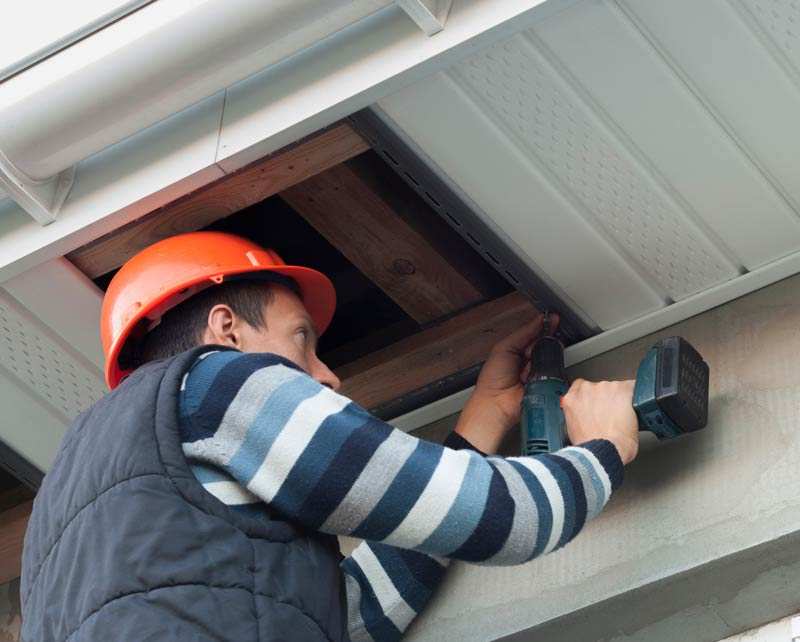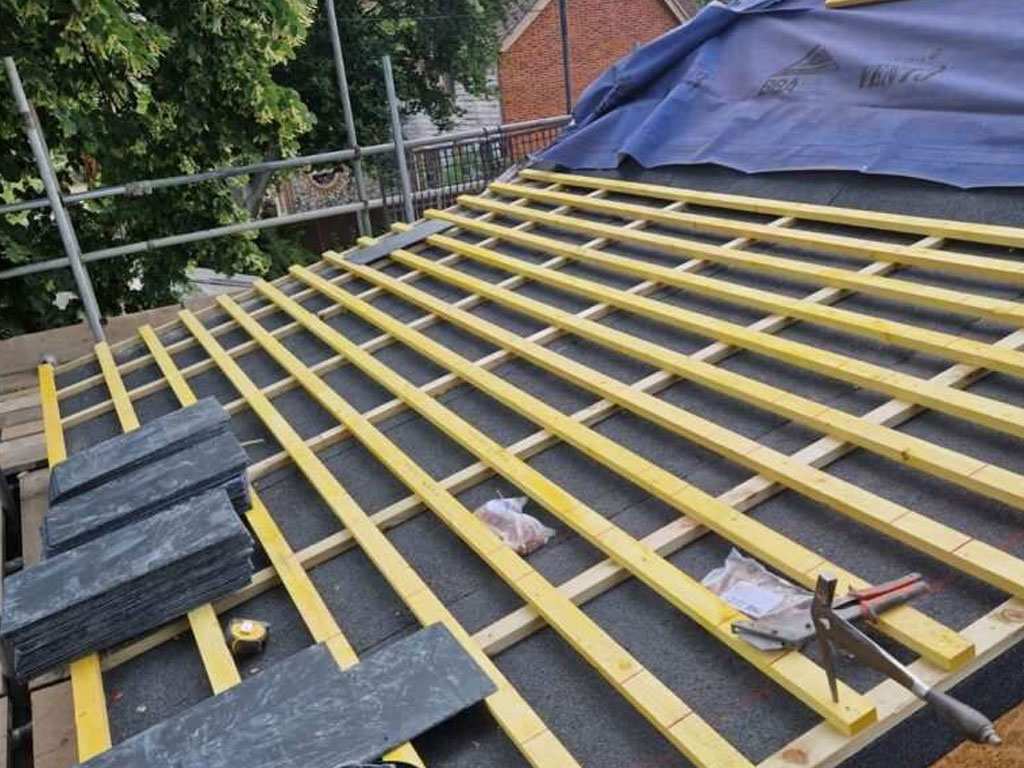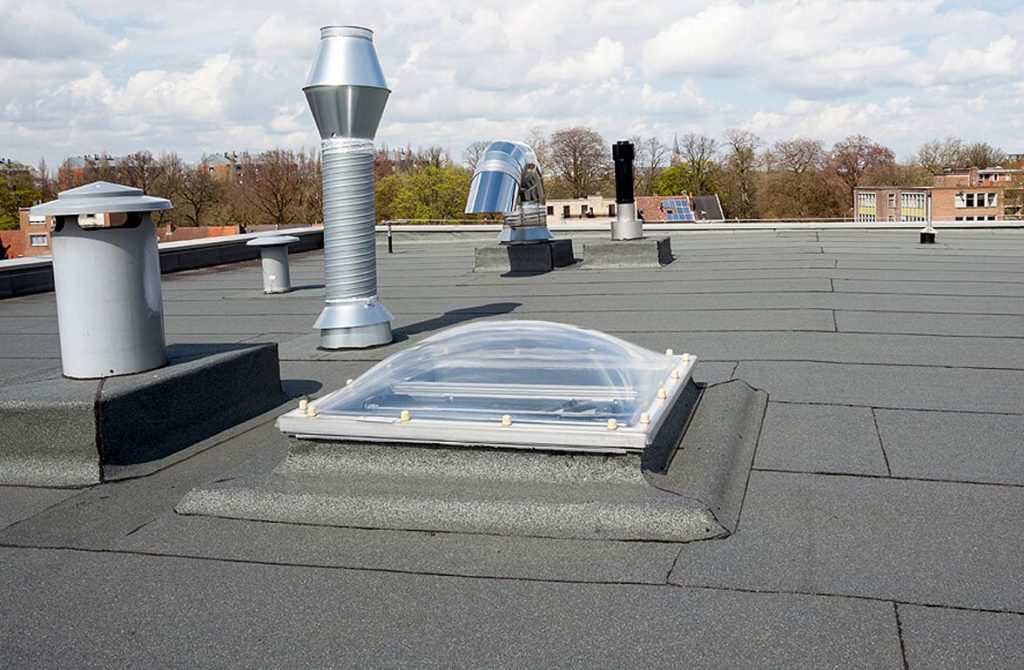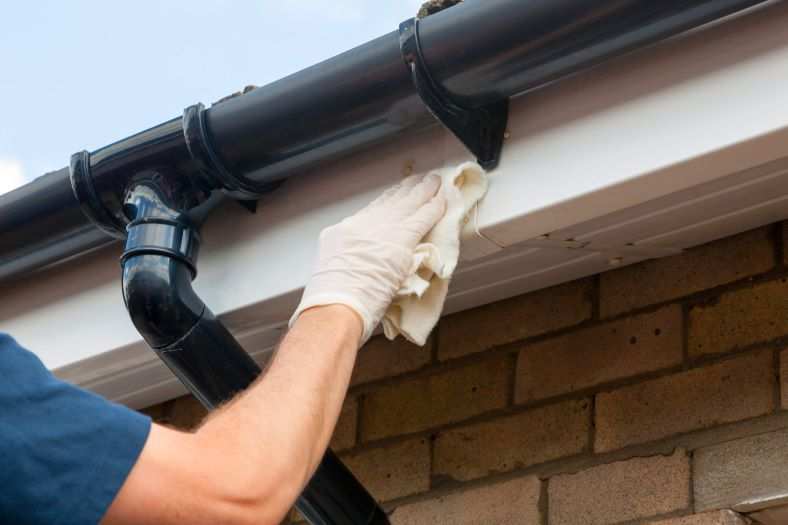When it comes to roofing materials, flat roofs and traditional roofs are two of the most common options. While both have their own unique advantages and disadvantages, there are some key differences to consider when deciding which type of roof is right for your home or business. Flat roofs are known for their simplicity and cost-effectiveness, while traditional roofs are known for their longevity and classic appearance. In terms of installation and maintenance, flat roofs are generally easier to install and require less attention, while traditional roofs may require more skill and effort to install and maintain. Additionally, flat roofs are more susceptible to leaks and weather damage due to their lack of slope, while traditional roofs have a natural slope that helps water drain off the roof. These differences and more will be explored in this article.
Cost Effectiveness
One of the main advantages of a flat roof is its simplicity and cost-effectiveness. Flat roofs are typically made from a single layer of material, such as tar and gravel or rubberized membrane, which makes them easy and quick to install. This can save you money on labour costs and make them a good option for buildings with limited budgets. Additionally, flat roofs require minimal maintenance and can last for many years with proper care, making them a durable and long-lasting roofing option. On the other hand, traditional roofs are more complex and require more skill and experience to install properly. This can make them more expensive and labour-intensive to install, and they may require more frequent inspections and repairs over time. Despite these challenges, however, traditional roofs are known for their longevity and classic appearance, which can make them a worthwhile investment for some homeowners.
Appearance
Another key difference between flat roofs and traditional roofs is their appearance. Flat roofs have a modern, minimalist look that is popular in commercial and industrial buildings, as well as some contemporary residential designs. This can be a major advantage if you want to create a sleek, modern look for your building. On the other hand, traditional roofs are more classic and can add a touch of elegance and sophistication to a home. The colour and texture of traditional roofing materials, such as slate or clay tiles, can also vary, allowing you to choose a look that suits your personal style and preferences. Additionally, traditional roofs often have a higher slope than flat roofs, which can make them more visually appealing and add character to a building.
Maintenance & Repair
When it comes to maintenance and repair, flat roofs are generally easier to care for than traditional roofs. Flat roofs are relatively easy to inspect and repair, and most issues can be addressed quickly and inexpensively. This can be a major advantage if you want to minimize the time and effort required to maintain your roof. On the other hand, traditional roofs may require more frequent inspections and repairs due to their more complex design and the fact that individual tiles or shingles can break or become loose over time. Additionally, traditional roofs are more susceptible to weather damage, such as cracking or warping, which can affect their appearance and longevity. This can make them more expensive to maintain and repair over the long term.
Leaks & Susceptibility to Water Damage
Another major consideration when choosing between flat roofs and traditional roofs is their susceptibility to leaks and water damage. Flat roofs are more susceptible to leaks and standing water due to their lack of slope. This can be a major problem in areas with heavy rainfall, as standing water can cause damage to the roof and the building itself. Flat roofs are also more susceptible to damage from debris and leaves, which can clog drains and cause leaks. On the other hand, traditional roofs have a natural slope that helps water drain off the roof quickly and easily. This can prevent standing water and leaks, protecting your home and keeping it dry. Additionally, traditional roofing materials, such as slate or clay tiles, are typically more resistant to water damage than flat roofing materials, which can make them a more durable and reliable option in areas with frequent rainfall.
Conclusion
Flat roofs and traditional roofs are two common types of roofing materials. Flat roofs are known for their simplicity, cost-effectiveness, and ease of installation and maintenance. Traditional roofs, on the other hand, are known for their longevity, classic appearance, and natural slope that helps water drain off the roof. Flat roofs are more susceptible to leaks and standing water due to their lack of slope, while traditional roofs are more resistant to weather damage. In terms of cost, flat roofs are generally cheaper to install and maintain, while traditional roofs may be more expensive due to their more complex design and higher maintenance needs. Ultimately, the right choice of roofing material will depend on your budget, the style of your home, and the climate in your area.
If you need more information, contact us and our staff will be happy to help.







